Roof Ventilation: Keeping Your Home Comfortable and Moisture-Free
Roof Ventilation: Comfort and Moisture Control

Proper roof ventilation plays a vital role in maintaining a comfortable, energy-efficient, and moisture-free home. Many homeowners overlook this important aspect of their roofing system, leading to issues that could have been easily prevented. In this article, we'll explain why roof ventilation is crucial for your home and how it helps in preventing moisture problems.
Why Roof Ventilation Matters
Roof ventilation allows air to circulate through the attic space, helping regulate temperature and moisture levels. Without adequate ventilation, your attic can become a breeding ground for moisture buildup, mold, and rot, which can affect both your roof's longevity and your home's air quality.
Benefits of Proper Roof Ventilation
1. Temperature Regulation
Proper ventilation helps to maintain a balanced temperature in your attic. During the summer, heat builds up in the attic, raising indoor temperatures and forcing your air conditioning system to work harder. In the winter, warm air from your home can rise into the attic, melting snow on the roof and leading to ice dams. Proper ventilation allows hot air to escape, keeping your home cooler in summer and reducing the risk of ice dam formation in winter.
2. Moisture Prevention
One of the primary functions of roof ventilation is moisture control. Activities like cooking, showering, and even breathing release moisture into the air. Without a way to escape, this moisture can accumulate in the attic, leading to mold, mildew, and structural damage over time. Proper ventilation allows this moist air to exit, keeping your attic and roof dry.
3. Energy Efficiency
When your attic is properly ventilated, it reduces the strain on your heating and cooling systems. A well-ventilated attic prevents heat buildup in the summer and reduces the need for excess heating in the winter, resulting in lower energy bills.
4. Prolongs Roof Lifespan
Excessive heat and moisture can cause roofing materials to degrade prematurely. Shingles can warp, wood can rot, and mold can take hold. With proper ventilation, you extend the life of your roof by allowing trapped heat and moisture to escape.
Common Types of Roof Ventilation
There are several types of roof ventilation systems, each with its own benefits. Here are the most common types you should know about:
1. Ridge Vents
Ridge vents are installed along the peak of the roof and allow hot air to escape from the attic. They are often combined with soffit vents to ensure balanced airflow. This combination provides effective ventilation without compromising the appearance of the roof.
2. Soffit Vents
Soffit vents are located under the eaves of the roof and allow fresh air to enter the attic. When paired with ridge vents, they create a continuous airflow that helps regulate temperature and moisture.
3. Gable Vents
Gable vents are placed at the ends of the attic, usually in the gable walls. These vents allow air to flow in and out of the attic space. Gable vents are often used in combination with other vent types to enhance airflow.
4. Powered Attic Fans
Powered attic fans use electricity to pull hot air out of the attic. While effective in reducing heat, they should be used carefully to avoid pulling conditioned air from the home if the attic is not properly sealed.
Best Practices for Roof Ventilation
1. Ensure Balanced Airflow
For optimal performance, your ventilation system should allow for balanced airflow. This means having an equal amount of air entering and exiting the attic. An imbalance can cause poor ventilation, leading to moisture buildup or ineffective cooling.
2. Inspect and Maintain Your Vents
Over time, roof vents can become clogged with debris, dust, or even pest nests. It's important to regularly inspect and clean your vents to ensure proper airflow.
3. Hire a Professional for Installation
Roof ventilation is an intricate system that requires proper planning and installation. A professional roofer like Riley Roofing can ensure your ventilation system is set up correctly to provide maximum benefits.
Roof ventilation is a critical part of your home's overall health and comfort. It not only helps regulate temperature and reduce energy costs but also prevents moisture-related issues that can damage your home. If you're unsure about the state of your roof's ventilation or need expert installation and maintenance, contact Riley Roofing today for professional advice and services.



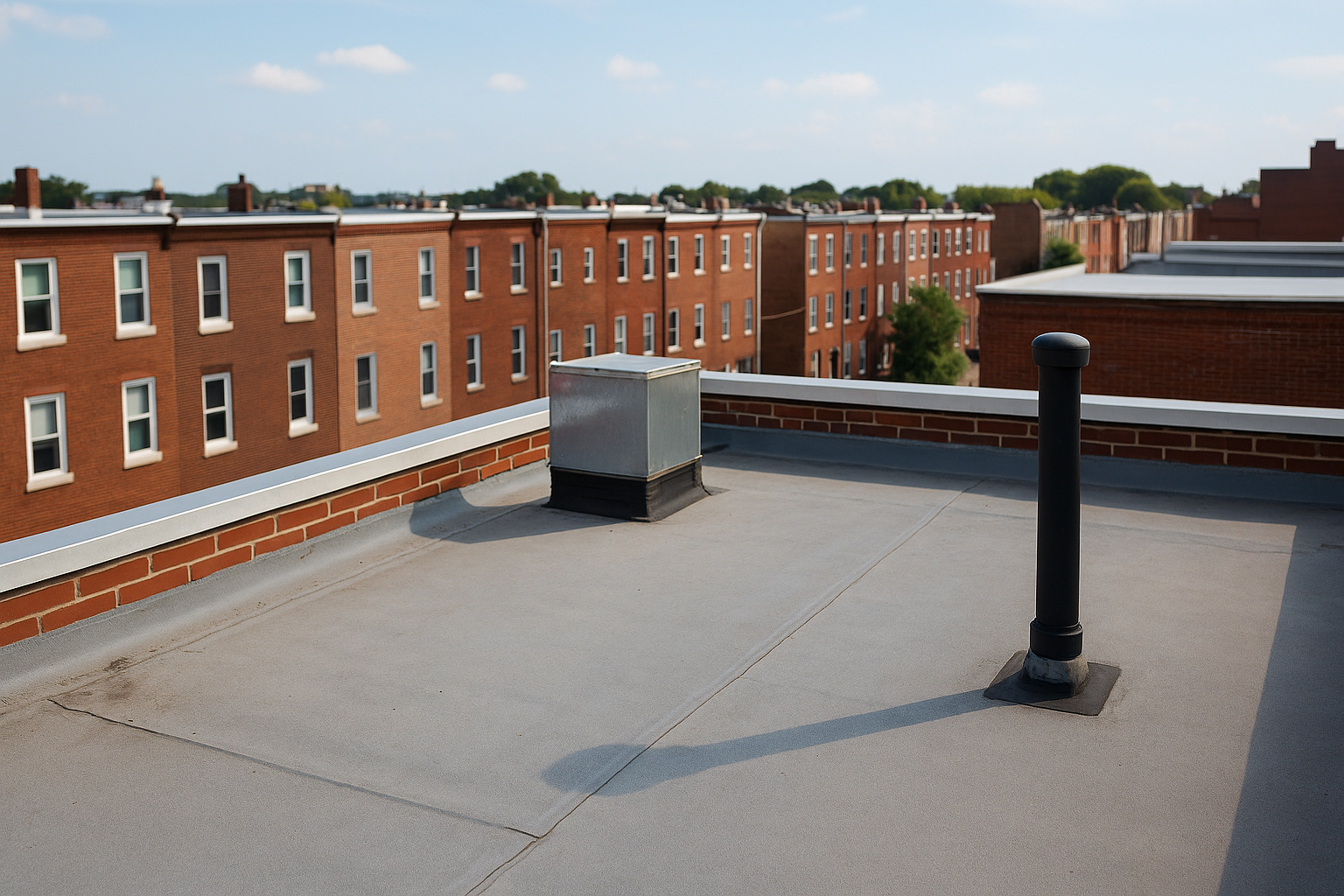
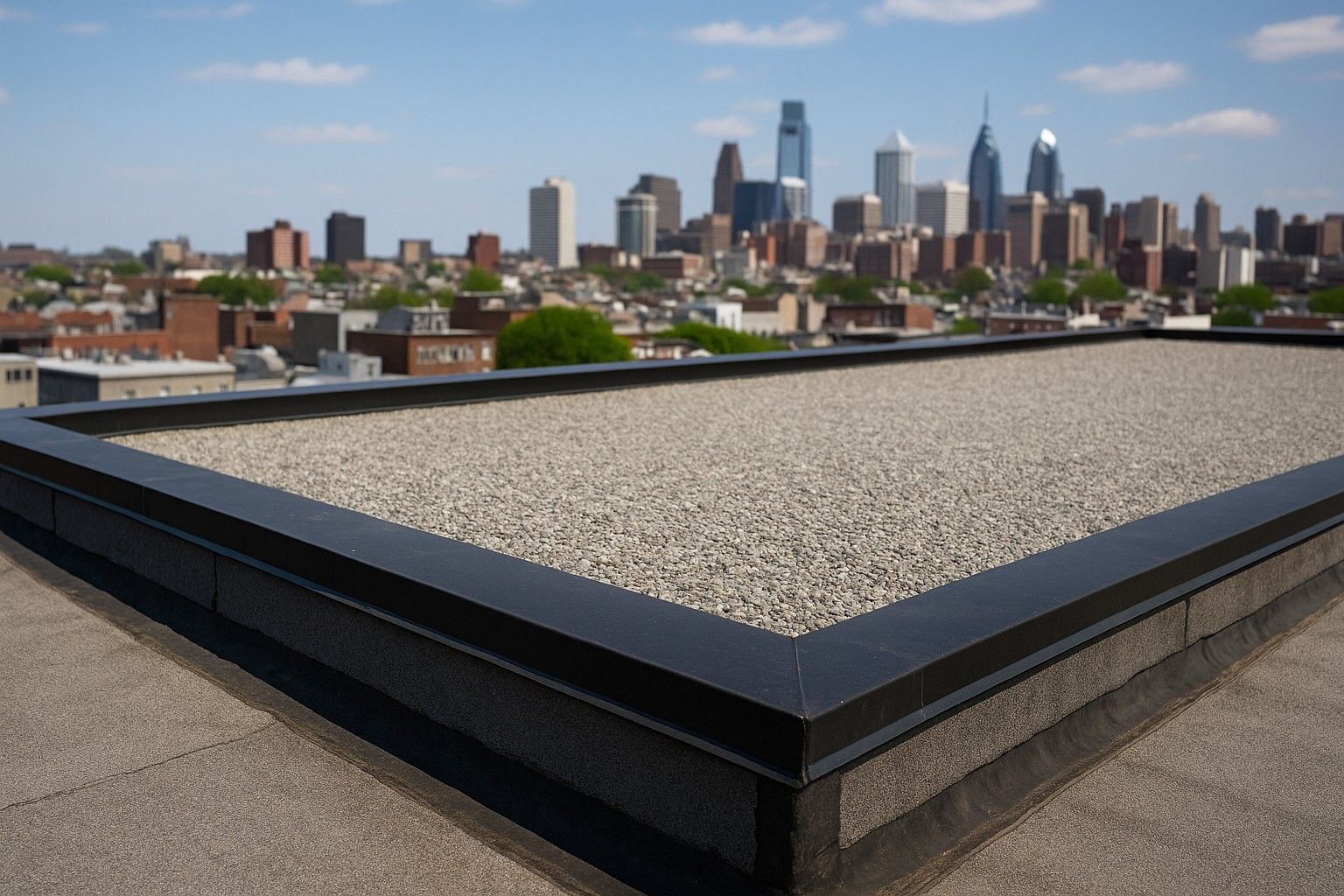
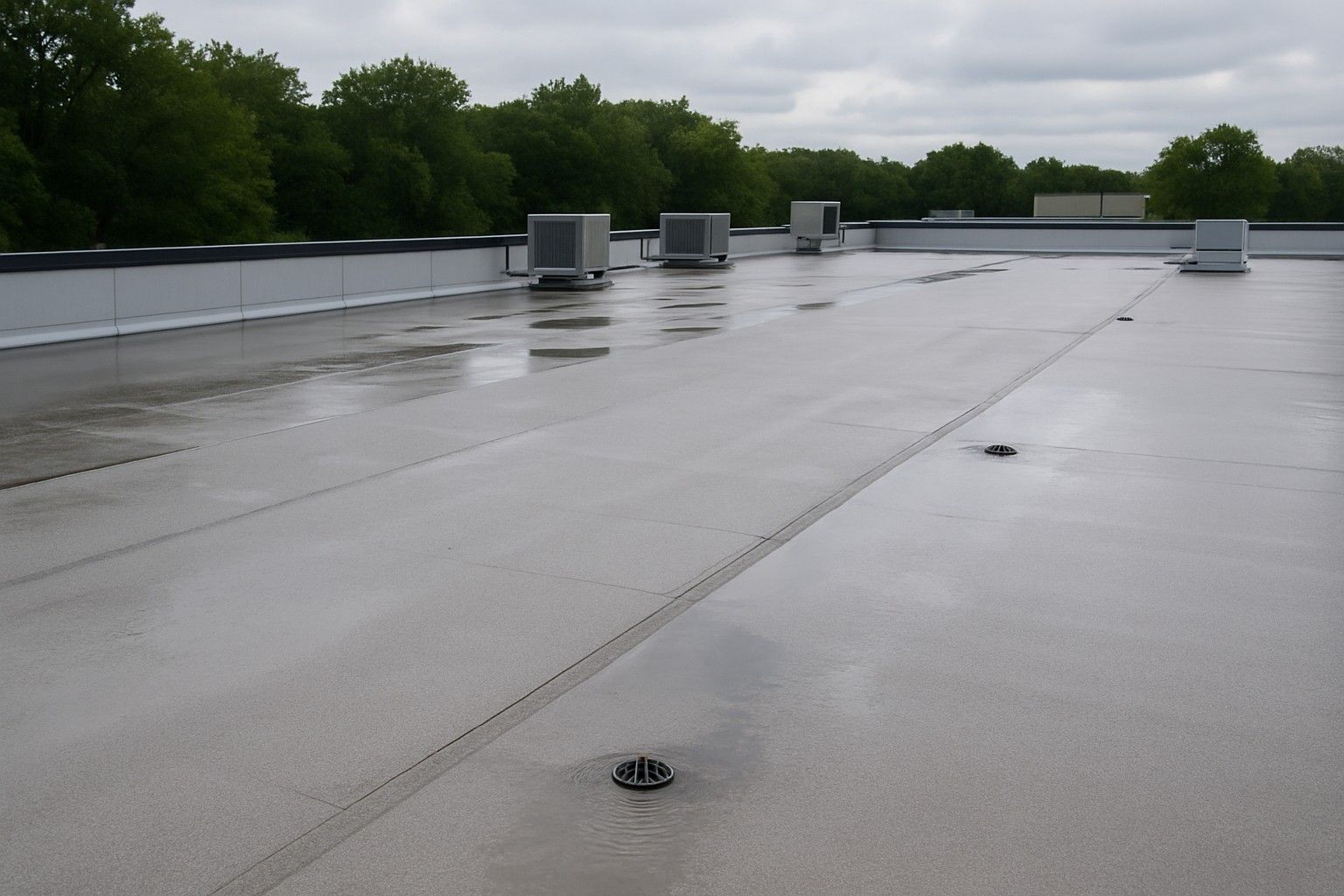
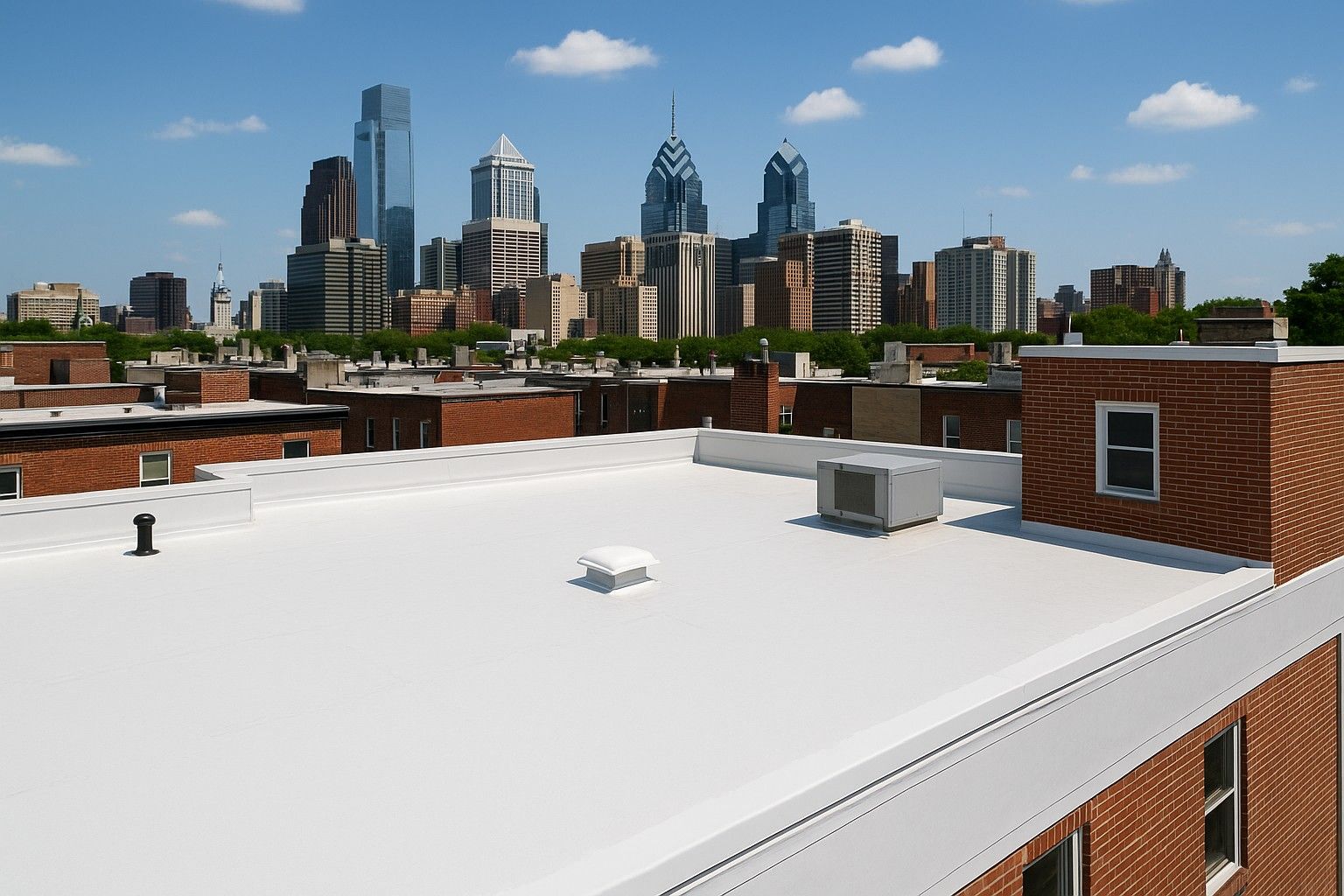


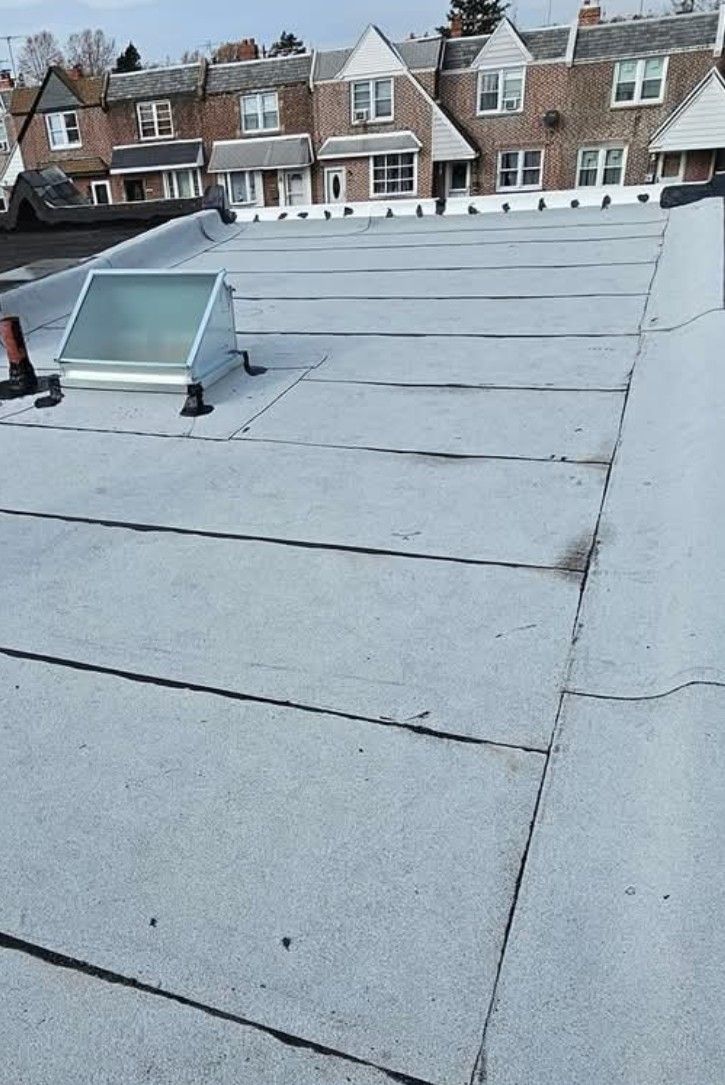

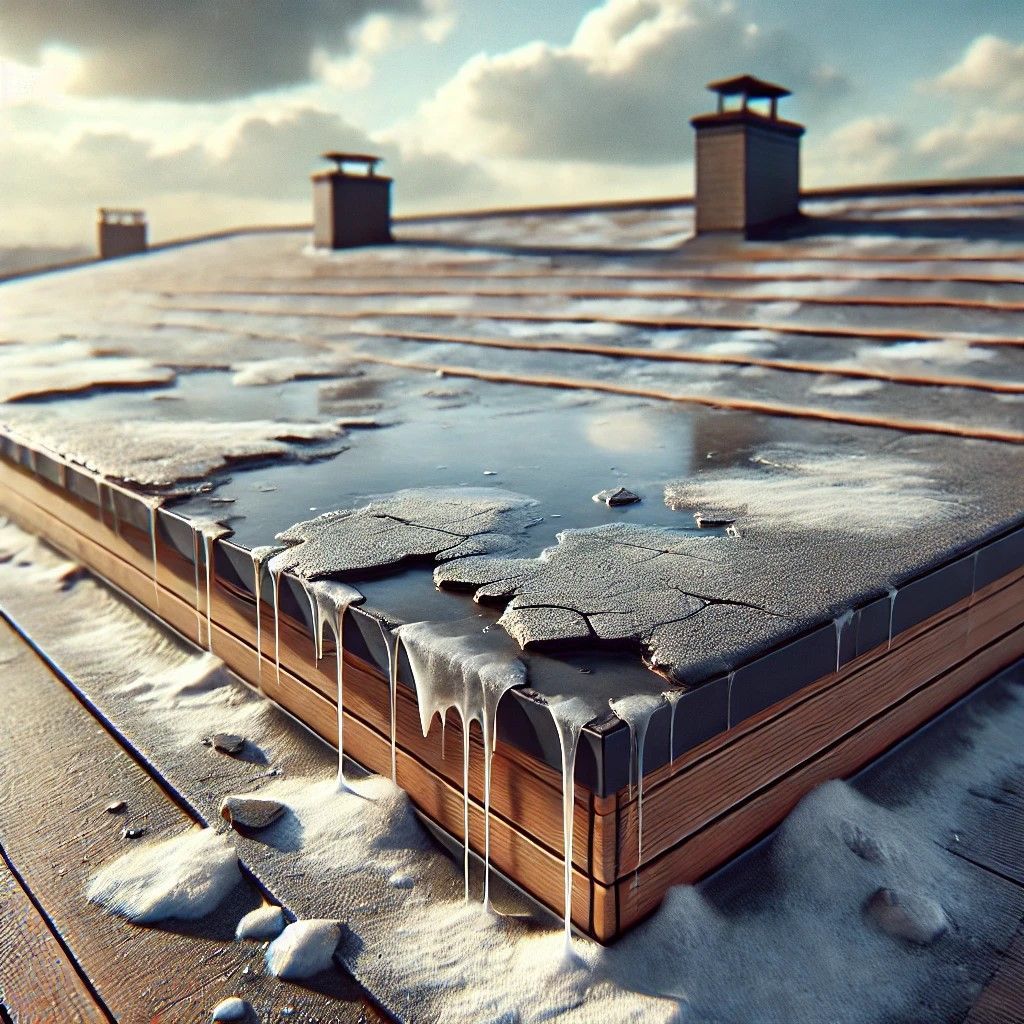
Share On: